Maine Bat Removal
Welcome to Maine Bat Removal! We are Maine bat removal specialists. It is important to know that bats are protected by Maine law, and are beneficial animals to have in the environment. We do not kill any bats during our bat removal process. Never hire a pest control company or anyone who says they are a Maine bat exterminator. For correct and effective bat removal, you want a company that specializes in humane bat colony extraction. Our process is not only the only legal method in Maine, but it is the most effective. We have a 100% success rate in our bat control process. We perform our industry-best 32-point inspection of your house or building, and seal shut all bat entry holes down to 1/4 inch as part of the removal process, during which we remove the colony via special one-way exclusion devices specific to your architecture. Once all bats are safely out, we permanenetly bat-proof the structure. We also provide guano (bat droppings) removal and decon. Click on our Maine Bat Control Prices page to find out more about our prices for bat control work. We work 24/7/365, and would love to talk to you about your bat problem. Call us any time at 207-560-9360 to discuss it, discuss our pricing, and if you wish, set up an appointment at your convenience, often same-day.
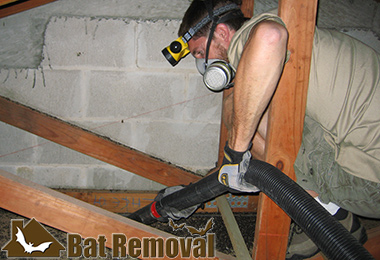
Maine Building and Attic Inspections
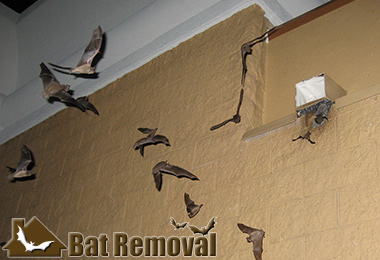
No-kill Maine Bat Extraction
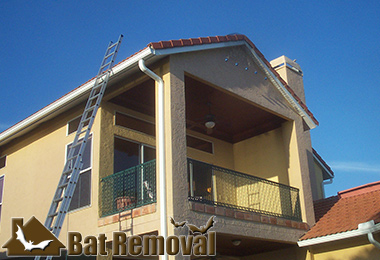
Guano Cleanouts - Serving all of Maine
Call 24/7 to discuss your bat problem.
Same-day or next-day appointments.
32-point inspection of your property.
Written estimates for bat removal project.
Fully state licensed and insured.
Residential and commercial service
100% no-kill Maine bat extraction
Complete bat-proofing of your building
Compliance with all Maine, federal laws
Guano removal and attic decontamination
Our Service Range - 207-560-9360
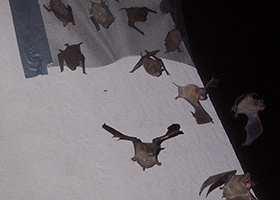

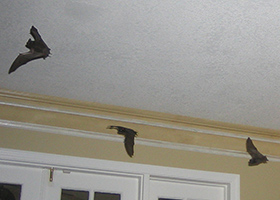
Top 3 Property Modifications to Control Bat's Population
Bat's are probably one of the slowest reproducing animals in the world. Therefore, experts will be alarmed once there is a significant and sudden decline on their population. They are essential in keeping our ecosystem healthy. However, once they enter our house, we need to find ways to control their activities. Bats are social creature and it will not take too long for the other bats to gather in our house.
Simple Home Modifications That Will Manage the Population of Bats
Before you start in conducting modification, you need to understand the basics related with bats. There are different misconceptions about bats due to the wrong information that exists. To start, bats are not considered pests. The bats have the capacity to eat at least 600 mosquitoes per night that makes them an asset to our residential communities. The common bats that you will encounter are also healthy. Only 1 percent of them can carry rabies.
1. Installing Bat House
The bats will be able to enter a gap that measure 12mm wide. This can be found in different parts of your house and it will be difficult if not impossible to cover all the potential entry point. To control the population of bats inside your house, you may consider installing a bat house away from your property. However, it should not be too far from the original location of the roosting site. The bats will return to your location every year. They will try to enter your property again to establish their colony. If there is a more accessible place for them to roost, the bats will likely choose to remain outside. Bat houses should be erected few months before the bats return from their migration or hibernation. Be sure that the bat house comes with several chambers.
2. Sealing Entry Points
As we mentioned above, bats are beneficial as long as they stay within their natural environment. In order to keep them at bay, you should seal all the entry points of the bats. Try to observe the movement of the bats a few minutes after sunset. You will be able to determine their exit holes just by watching them for a few days. You can use caulk, steel plate, plank of woods, caulk, or bricks to seal the holes.
3. Installing Exclusion Device
Another home modification that you can use is a one-way exclusion device. This will allow the bats to leave your property freely and will prevent them from coming back inside. Just be sure that all holes have been sealed properly. You should also refrain from doing this during the nesting season.
In case your situation is already beyond eviction, you need to call the help of the bat professionals. There are also ways on how you can harmoniously live with the creature. You should also encourage your local community to have a bat project such as collecting bat guano that can be beneficial for the identification on the species of bats.

